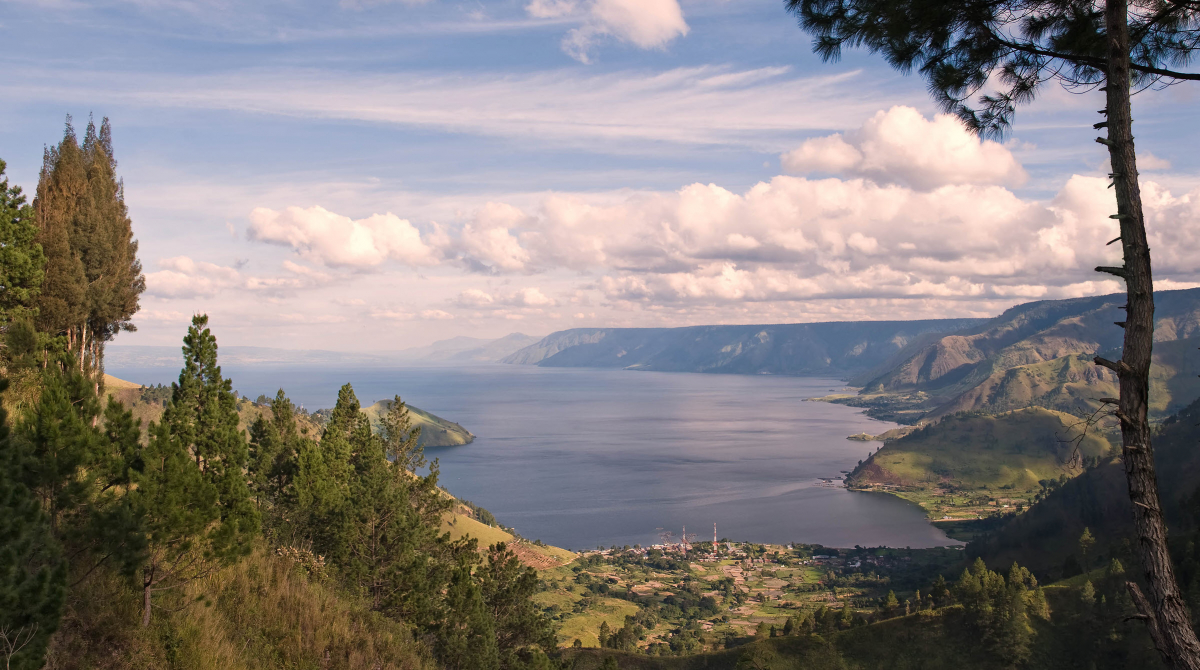Researchers believe a catastrophic outbreak is likely
Australian researchers believe that it is necessary to reassess the methods used to date to assess the likelihood of supervolcanoes erupting. They fear an outbreak is more likely than previously thought.
The prevailing assumption in science up to now is that the probability of eruptions correlates directly with the amount of liquid magma under a volcano. This can be observed relatively precisely with modern methods. A research team led by Professor Marin Danisik from Curtin University in Australia has now in the science journal Nature published a study suggesting that this assumption could be completely wrong.
Contents
The probability of a supervolcano eruption cannot be properly calculated
Rather, the researchers could not prove this correlation at all. Rather, they assume that eruptions can occur even if no liquid magma is found. According to their study, a “catastrophic” supervolcano eruption could be much more likely than previously thought.
Professor Danisik and his colleagues have examined the Toba Caldera under the lake of the same name in Sumatra – a seemingly idyllic body of water that actually lies in the basin of a super volcano and is around 100 by 30 kilometers in diameter. It is believed that this super volcano last erupted around 74,000 years ago. Some researchers believe the eruption released six billion tons of sulfur dioxide into the atmosphere, which could have caused global temperatures to drop 15 degrees Celsius for three years.
View of the Toba volcano and the central island. (Image: Fabio Lamanna / Shutterstock)
This analysis is controversial, but is supported by evidence that human populations could have shrunk to just 3,000 to 10,000 individuals within a short period of time 50,000 to 100,000 years ago. This is attributed to the fact that the extremely violent eruption could have destroyed the vegetation and thus the food sources on which the people were dependent.
Study shows super volcanoes remain in turmoil for thousands of years after the eruption
What Danik and his team wanted to know now was how the volcanoes behave during the dormant phase and whether there are clear warning signals that make an impending eruption predictable. To do this, they examined the minerals feldspar and zircon in the vicinity of the Lake Toba volcano. Due to the enrichment of the gases argon and helium in the volcanic rock, reliable conclusions can be drawn about the age of the samples.
“With the help of these geochronological data, statistical conclusions and thermal modeling, we were able to show that the magma continued to flow 5,000 to 13,000 years after the super-eruption in the caldera, a depression created by the eruption, and then followed by a plate of solidified residual magma like a giant turtle shell was pushed up ”, Professor Danisik told Sky News.
According to this, volcanoes would erupt especially when magma could push itself through cracks in already solidified magma, so that the solid parts act like the piston in a syringe. If these solid parts then fall back into the liquid areas, it would break out according to this assumption. This means that the probability of an eruption would have no direct correlation with the presence of liquid magma near the surface.
New risk assessment methods need to be found
New evaluation methods would therefore have to be researched, since the previous ones would no longer have to be considered viable. This is especially important under the impression that an inevitable super-outbreak occurs about every 17,000 years in order to be able to correctly assess the threat. The last super volcano eruption occurred around 26,500 BC under Lake Taupo in New Zealand. From a statistical point of view, an outbreak would be overdue, so to speak.
There are 20 known super volcanoes on our planet, including the one under Lake Toba and another under Yellowstone National Park in the USA. What the study by the Australian researchers also shows is that the massive eruption of the supervolcano is not enough. Rather, it remains in an unstable state for thousands of years, which makes further outbreaks likely at any time.



